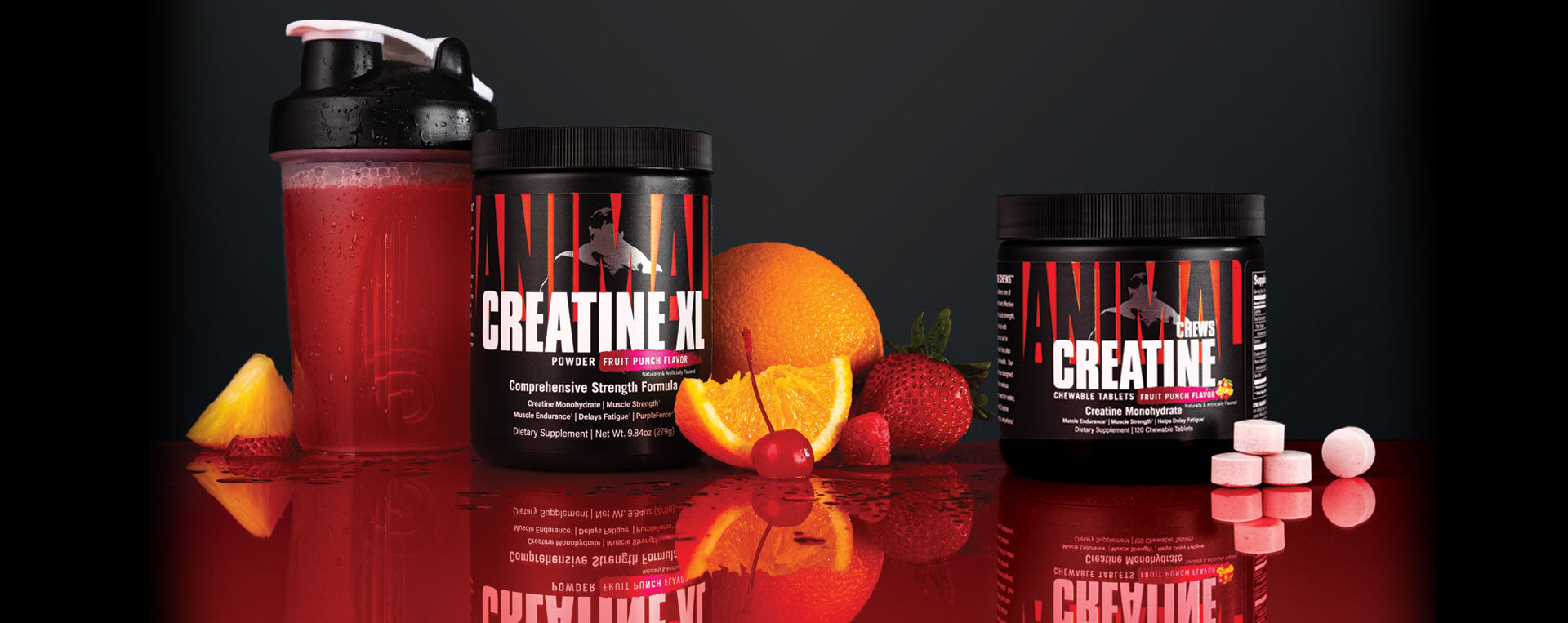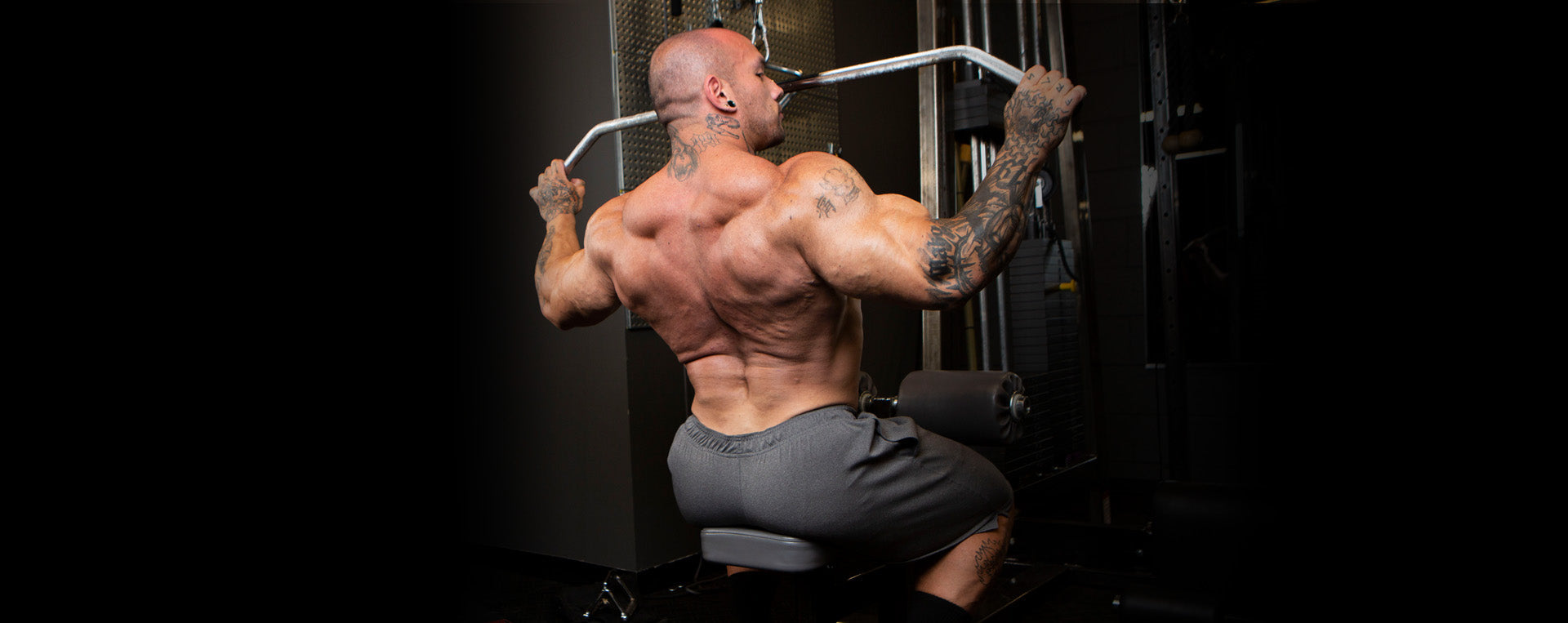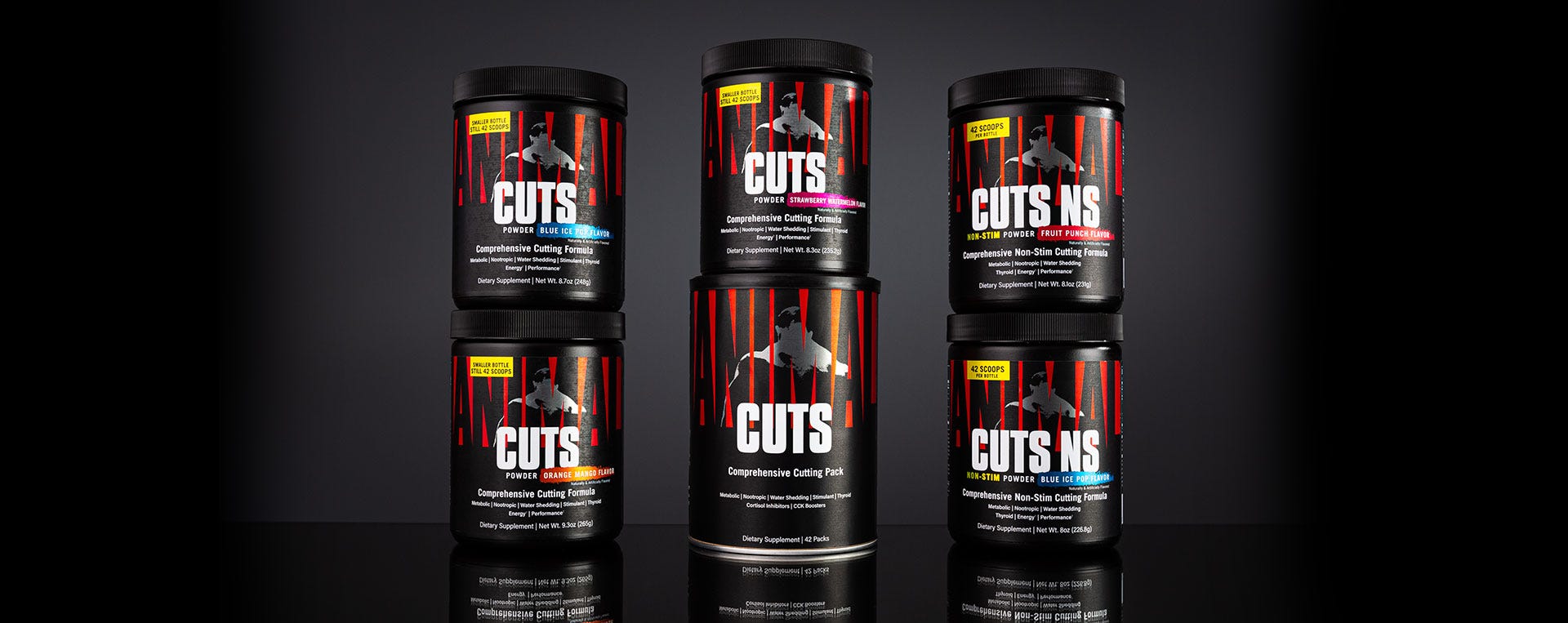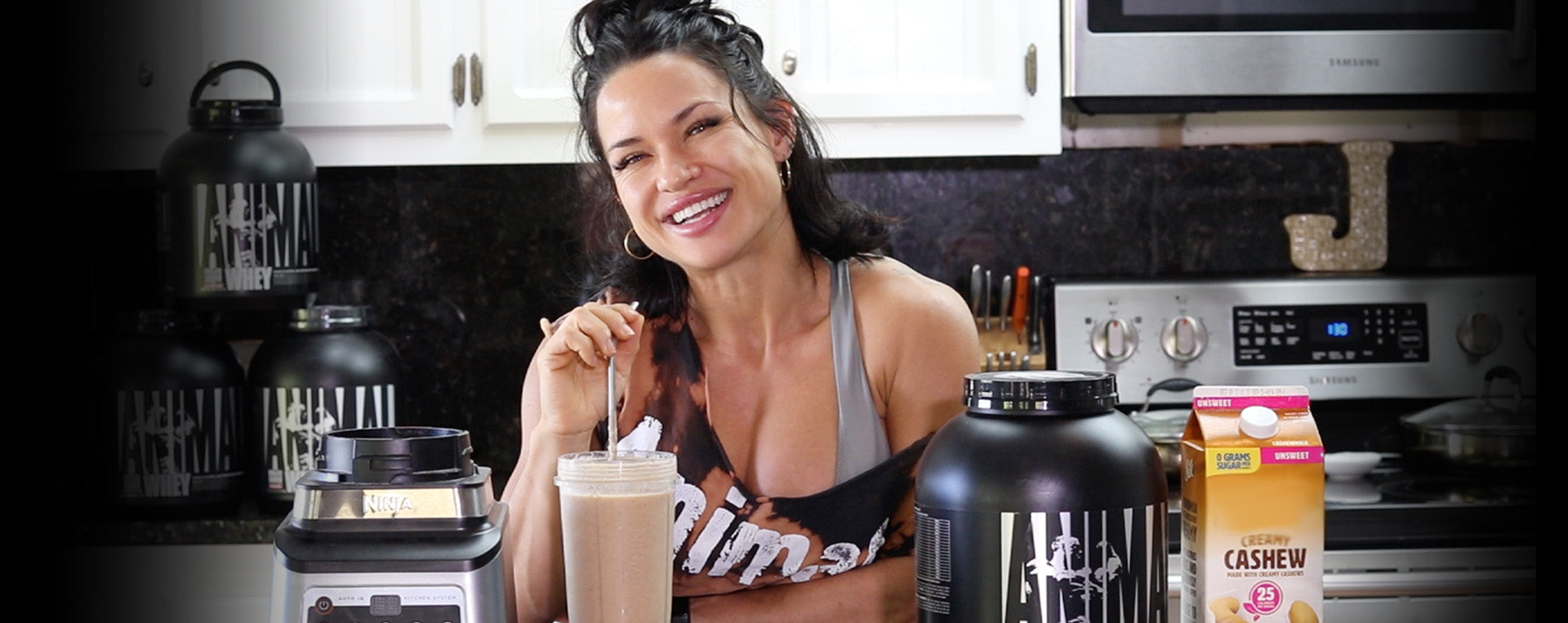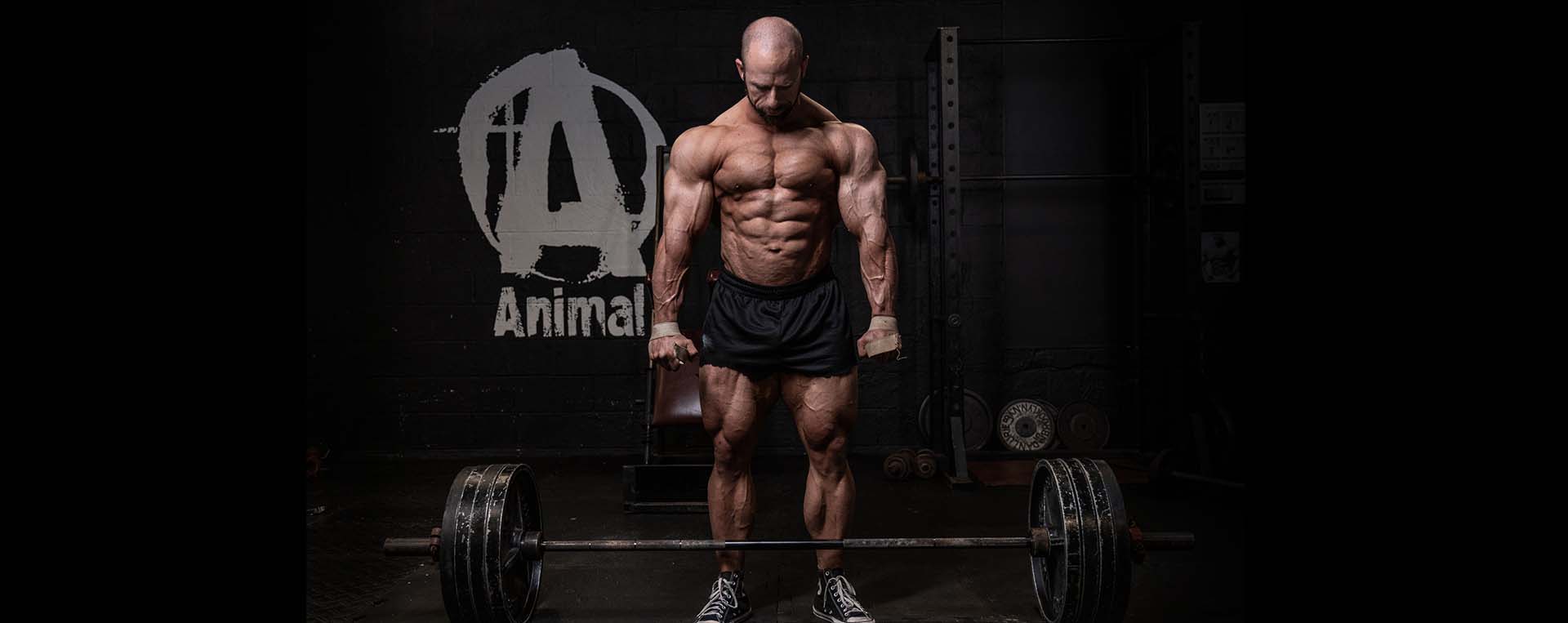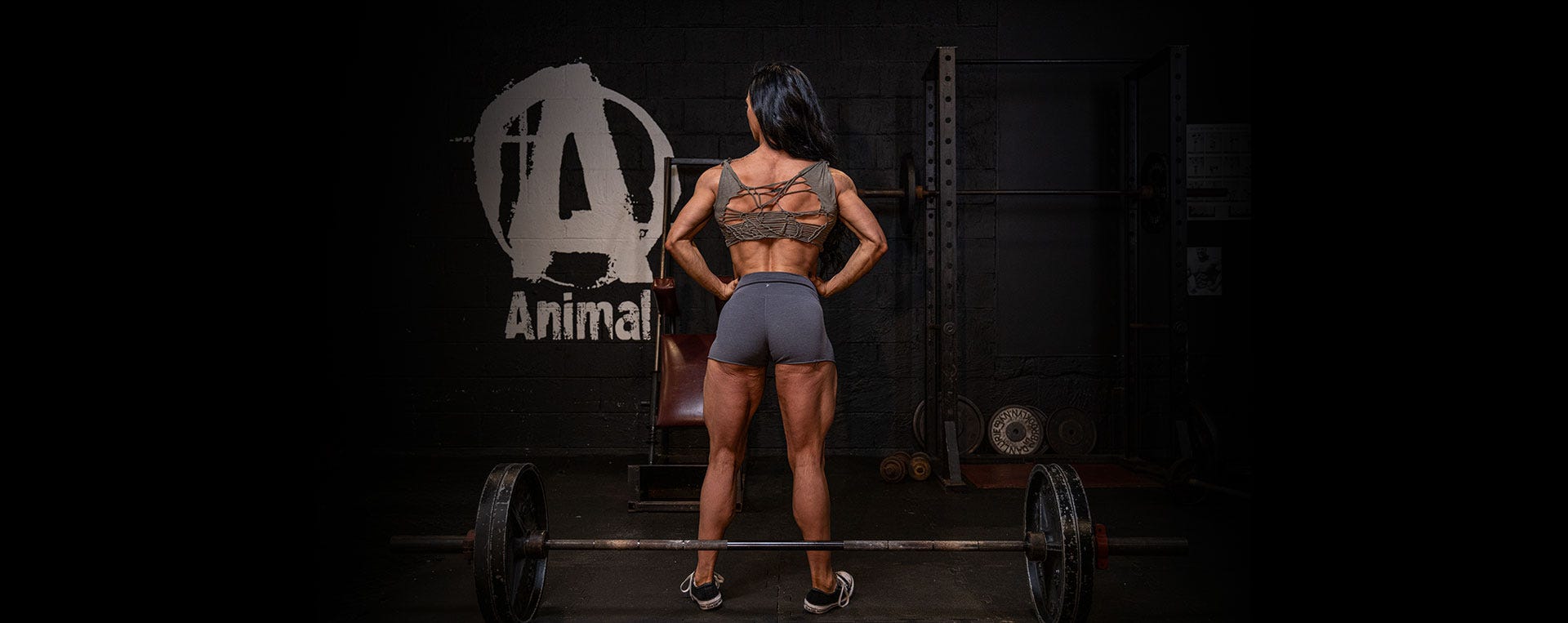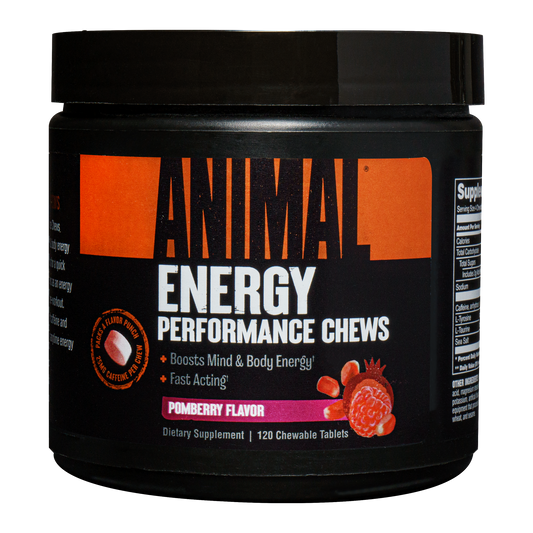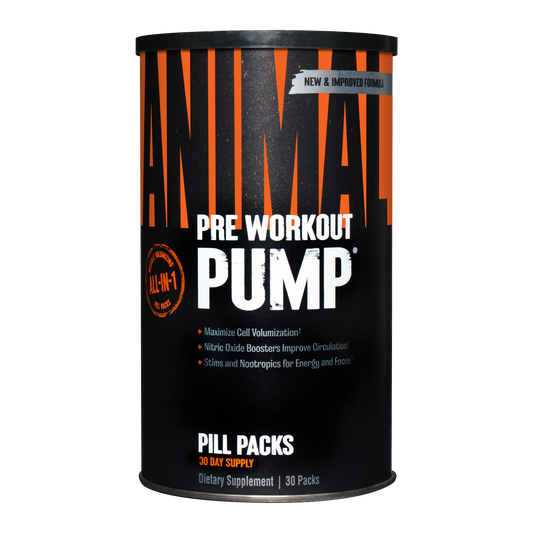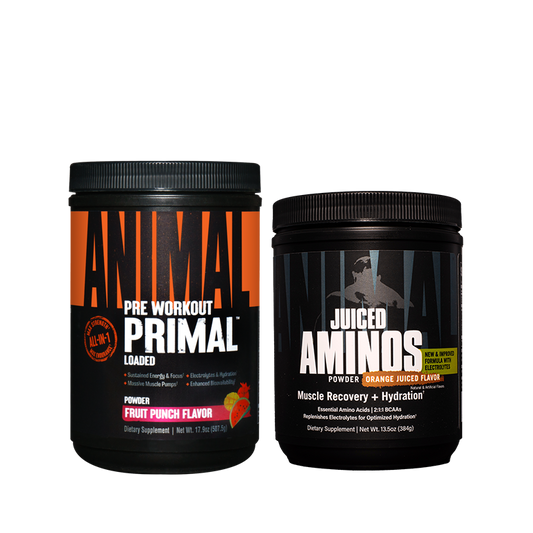Hibernating bulking bear mode has arrived. The off-season is filled with the joys of strength progression and large amounts of food. But the problem with living the bear lifestyle in your off-season is you can get lazy and eat too much, which can take you down the path of too much fat gain. What is wrong with some extra fluff in the off-season? It might limit how much quality muscle you put on and leave you in a position to have a very long cutting season. Let’s come out of the bear cave this off-season with slabs of muscle and keep the fat gain to the minimum. We are going to dive into five tips that will add the beef and minimize the butter.
Realistic Muscle Gain Rate
You have to set expectations out of the gate of off-season. I know this seems elementary, but it’s a reoccurring problem even at high levels. An athlete that gains 1lb per week gets pumped thinking about adding on 20lb of muscle in the next 20 weeks. Many can overestimate how quickly they can gain muscle, and if the rate of gain is too quick, body fat is going to pile on. A novice will have a faster gain rate than a more advanced lifter. It makes sense that the rate of gain correlates with your level of training experience. To set some rough parameters, we need to decide if you are a novice or advanced and roughly what that weight gain rate should be. These numbers aren’t set in stone and the scale is only one tool we should use for progress, but this is a starting point.
Training Experience to Rate of Gain
- Novice: week to week gym progress = 0.25-0.5% weight gain per week
- Intermediate: month to month gym progress = 0.25-0.5% weight gain every other week
- Advanced: progress over multiple months = 0.25-0.5% weight gain every 3-4 weeks
Scale Weight to Gym Performance Ratio
We’ve set the framework for scale weight increases and we’re cranking up gym performance. We’re lifting new weights we’ve never touched before and hitting rep personal records. You might also see the scale weight move up with no increase in performance. A basic assessment I like to do is correlate increase in scale weight to increase in level of gym performance. If you are making large increases in scale weight, you should see some large increases in weight lifted or reps performed. Why? Muscle, not fat, lifts weight. You do need to tease out whether or not you are changing your form and getting stricter on lifts or cheating reps to force strength up, but this is just a rough guide. If you’re looking softer and your gym performance is stagnating, it’s time to dial back on the calorie surplus. This might also mean you are becoming more advanced and gaining more slowly and need to bump up the training. Or it could be you are already training too much and need to add in some rest time.
Energy In and Out
Energy balance runs the game when training to mass. We must consume more than we burn during the day to provide the raw material to lay down muscle mass. Inaccurate tracking of intake and expenditure too often lead to over gaining. One key area to track is your Non-Exercise Activity Thermogenesis (NEAT). This is all of the movement you do during the day that does not involve cardio and weight training. It can be very easy to eat more food while becoming more sedentary in the off-season. A few weeks of overshooting your weight gain target can pack on the extra fat. One simple way to track this is to monitor your daily step count. It won’t track all activity, but it can gauge how much you did move. Set a standard step count target for each day and make sure you aren’t dropping below target. This is one way to increase the accuracy of your calorie surplus.
Overfeeding on Which Macro?
In general, too many calories are too many calories and fat gain will happen either way. But each macronutrient might have a different impact on surplus fat gain than others. The macronutrient that is the hardest to store as body fat is protein. It is very inefficient to produce energy from protein, so less can be partitioned to the fat gain tank. If fat gain has been on the rise, try lowering your carbs or fats and increasing protein intake. Although both carbs and fats can lead to the same fat gain, dietary fat is already in a form that is readily stored as fat. Thus massing up on high fats might lead to higher fat gain. Carbohydrates, the preferred macro during resistance training exercise, stores a little less efficiently as body fat than dietary fats. Lean toward increasing carbohydrate intake around the training window and keep dietary fat within a reasonable range of 0.3-0.8g/lb of body weight. Provide the rest of your surplus from predominantly carbs (1-3+ g/lb of body weight) and with moderate protein intake (1-1.5g/lb of body weight).
Hormone Sweet Spot
The sex hormones are powerful regulators of gene expression and protein synthesis. There are body fat levels that tend to put these hormones in more optimal ranges than others. Becoming too lean or too fat can compromise the anabolic hormone profile. Testosterone, the main sex hormone in males, increases nitrogen retention rates and protein synthesis. These levels are optimized at around 10% body fat for males and decline in body fat above 20%. However 20% body fat can be a long way away from getting back to stage condition, so I would limit fat gain to 15% body fat for males. Females also have testosterone, but estrogen—a very anabolic hormone—is more predominant. Males and females need estrogen for the GH to IGF-1 expression and to maintain insulin sensitivity. Optimal estrogen levels in females are found around 22-25% body fat. Going below the 20% mark might lead to the loss of the menstrual cycle and a decline in estrogen levels. It’s best not to stay too lean but not get overly fat as this creates the need for an extensive cut. In order to make sure your hormones are optimal and you aren’t limiting the gains, monitor lab work and body fat levels.
It is so much fun to see progress during the off-season, but let’s not get blindsided by excessive fat gain—no more lazy bear overeating mode. Be meticulous with your approach and feel confident you will gain quality lean tissue this off-season.













